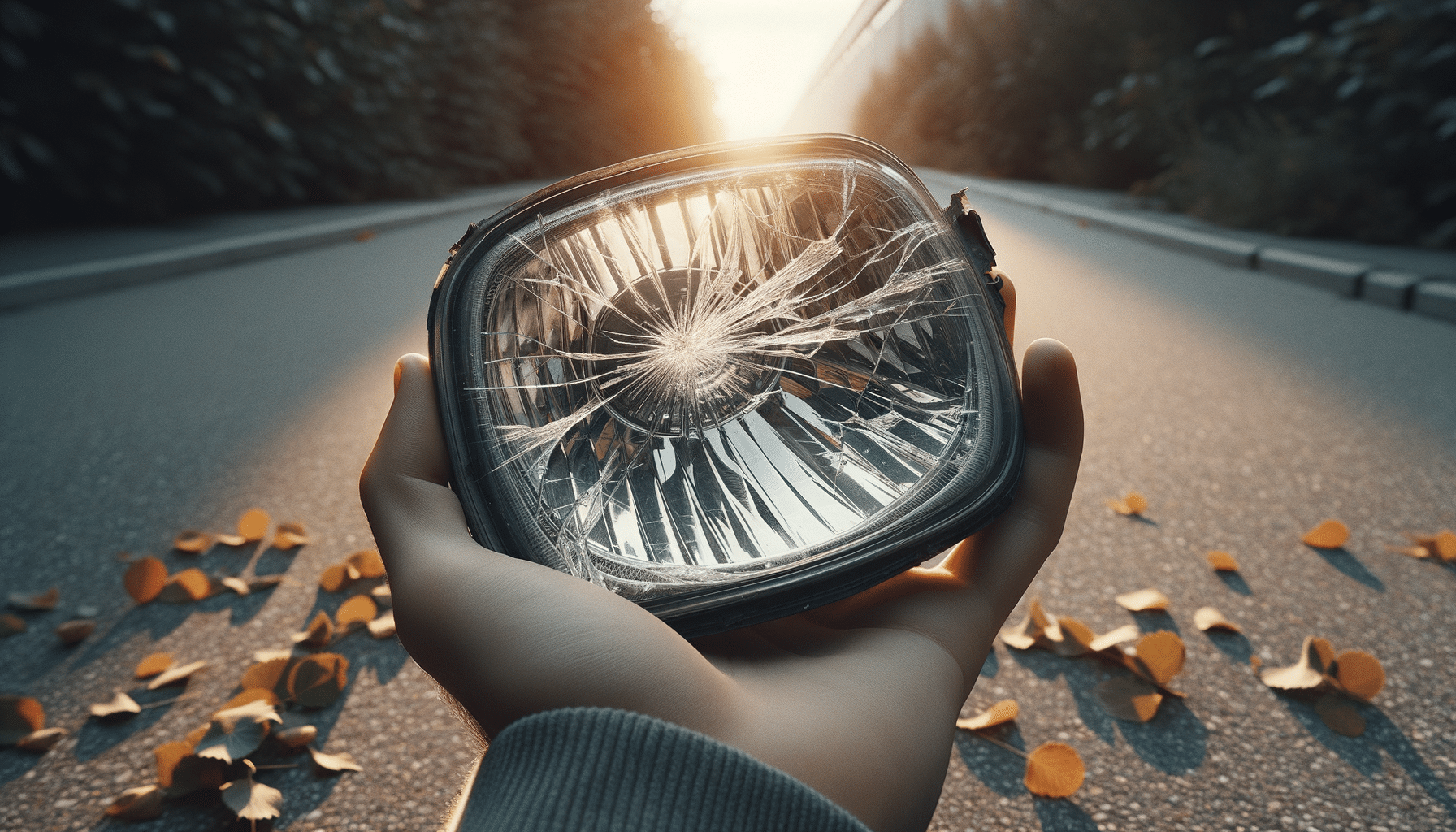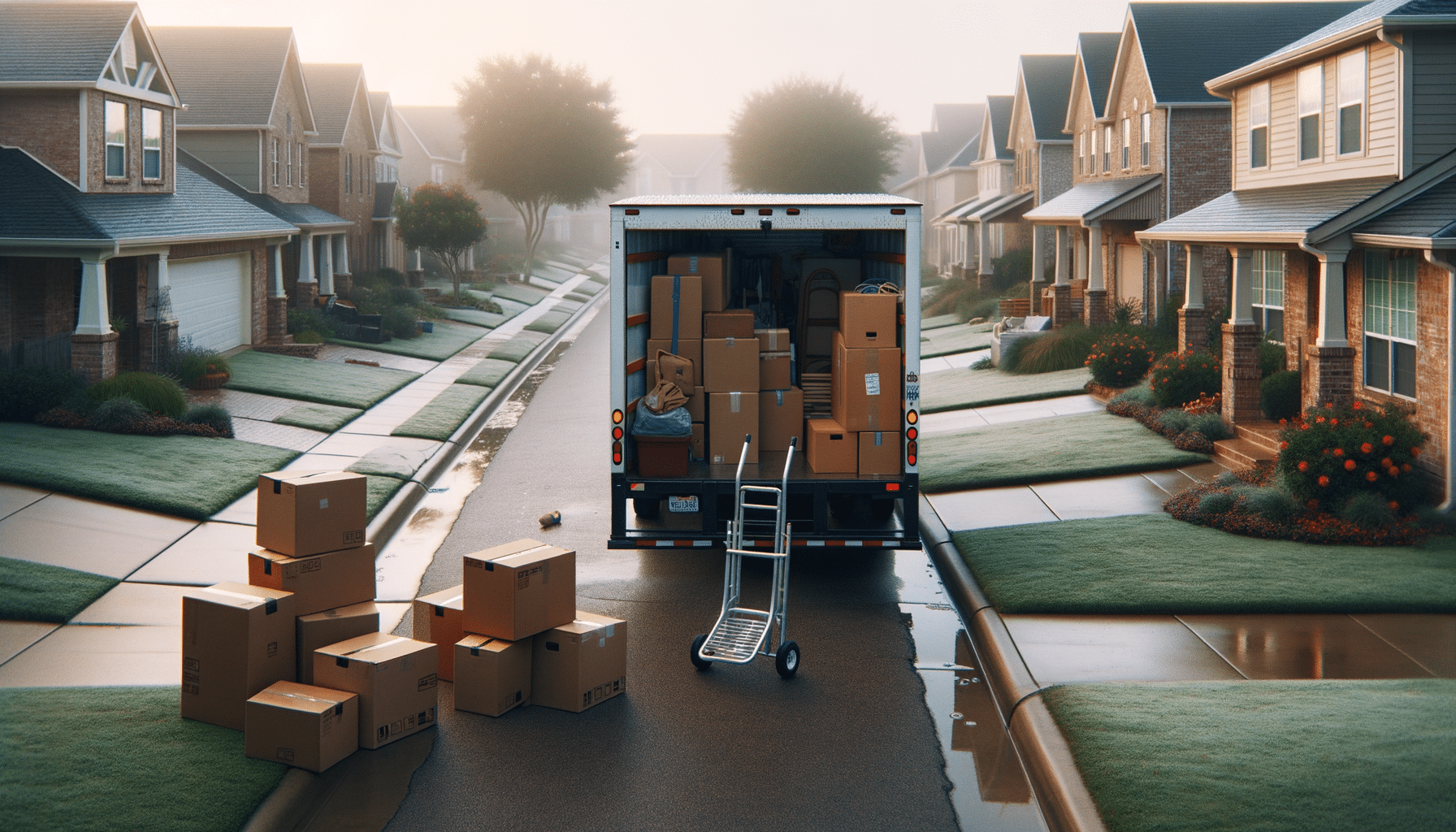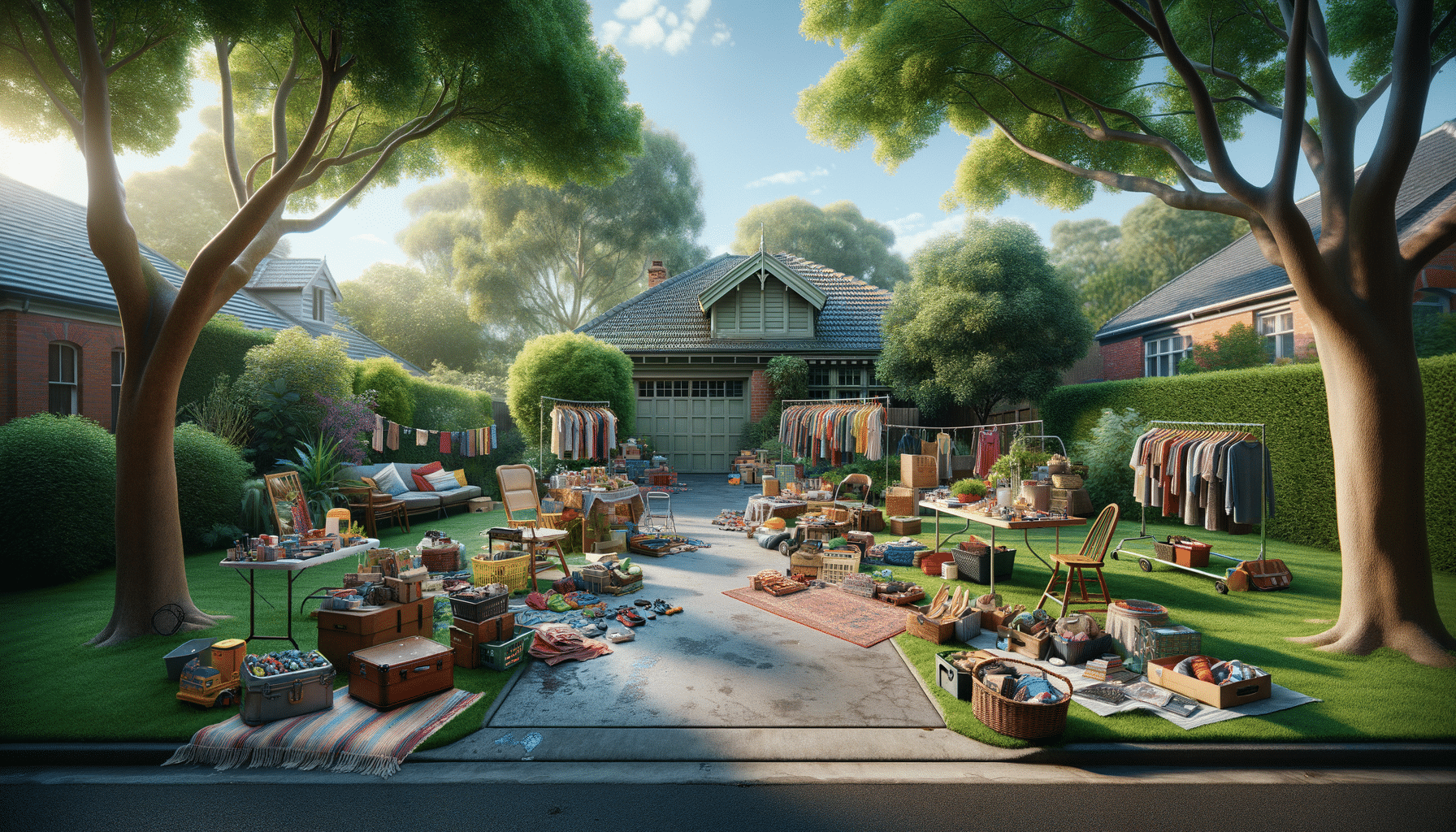
how to repair car light glass
Introduction
Car light glass plays a crucial role in ensuring road safety by providing clear visibility during night drives or adverse weather conditions. However, over time, these glasses can become damaged due to various factors such as road debris, minor accidents, or even weather-related wear and tear. Repairing car light glass not only maintains the aesthetic appearance of your vehicle but also enhances safety. This article delves into the practical steps and considerations involved in repairing car light glass, offering valuable insights for car owners and enthusiasts.
Assessing the Damage
Before embarking on any repair work, it’s essential to thoroughly assess the extent of the damage to the car light glass. Damage can range from minor scratches to significant cracks or even holes. Identifying the type and extent of damage helps determine the appropriate repair method. For instance, small scratches might only require polishing, while larger cracks might necessitate a complete replacement of the glass.
To assess the damage:
- Clean the glass thoroughly to remove dirt and debris that could obscure your view.
- Inspect the glass under good lighting to identify all areas of damage.
- Consider the location of the damage; if it’s directly in the line of sight, it might warrant immediate attention.
Understanding the severity of the damage is crucial as it influences the cost and complexity of repairs. In some cases, professional assessment might be necessary, especially if the damage is extensive.
Choosing the Right Repair Method
Once the damage is assessed, the next step is to choose the appropriate repair method. The choice largely depends on the extent and type of damage. Here are some common methods:
- Polishing: Ideal for minor scratches and scuffs, polishing involves using a glass polish and a soft cloth to buff out imperfections.
- Resin Injection: This method is suitable for small chips and cracks. A special resin is injected into the damaged area, which hardens and restores the integrity of the glass.
- Replacement: For extensive damage, replacing the entire glass might be the only viable option. This is often the case for large cracks or shattered glass.
Each method has its advantages and limitations. Polishing is cost-effective and quick but may not be suitable for deeper damage. Resin injection offers a strong repair but requires precision. Replacement is comprehensive but can be more expensive and time-consuming.
Step-by-Step Repair Process
Repairing car light glass involves a series of steps that ensure a durable and effective fix. Here is a general guide:
- Preparation: Gather all necessary tools and materials, such as glass polish, resin kits, or new glass, depending on the chosen repair method.
- Cleaning: Thoroughly clean the glass to ensure no dirt or debris interferes with the repair process.
- Repair: Follow the specific instructions for the chosen repair method. For polishing, apply glass polish in a circular motion until scratches are buffed out. For resin injection, carefully fill the damaged area with resin and allow it to cure as per the kit instructions.
- Finishing: Once the repair is complete, clean the area again to remove any residue and ensure clarity.
It’s important to follow each step meticulously to achieve a professional-quality repair. Taking shortcuts can lead to subpar results and might even exacerbate the damage.
Maintenance and Prevention Tips
After repairing your car light glass, it’s beneficial to adopt practices that minimize future damage. Here are some tips:
- Regular Cleaning: Keep the lights clean to prevent dirt buildup that can scratch the glass over time.
- Avoid Harsh Chemicals: Use mild cleaning agents to prevent chemical damage to the glass.
- Protective Films: Consider applying a protective film over the glass to shield it from minor impacts.
- Safe Driving: Avoid driving too close to other vehicles to reduce the risk of flying debris.
Implementing these practices can extend the life of your car light glass and maintain its clarity, ultimately enhancing safety and appearance.
Conclusion
Repairing car light glass is a practical skill that enhances both the safety and aesthetics of your vehicle. By assessing the damage accurately, choosing the right repair method, and following a meticulous repair process, you can effectively restore your car’s lights. Furthermore, adopting preventive measures can help maintain the condition of the glass, ensuring long-lasting clarity and functionality. For car enthusiasts and everyday drivers alike, understanding the nuances of car light glass repair is invaluable in maintaining a well-functioning vehicle.


